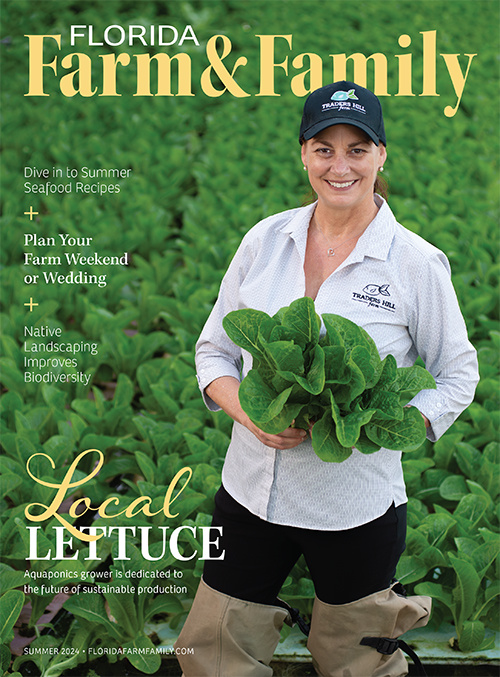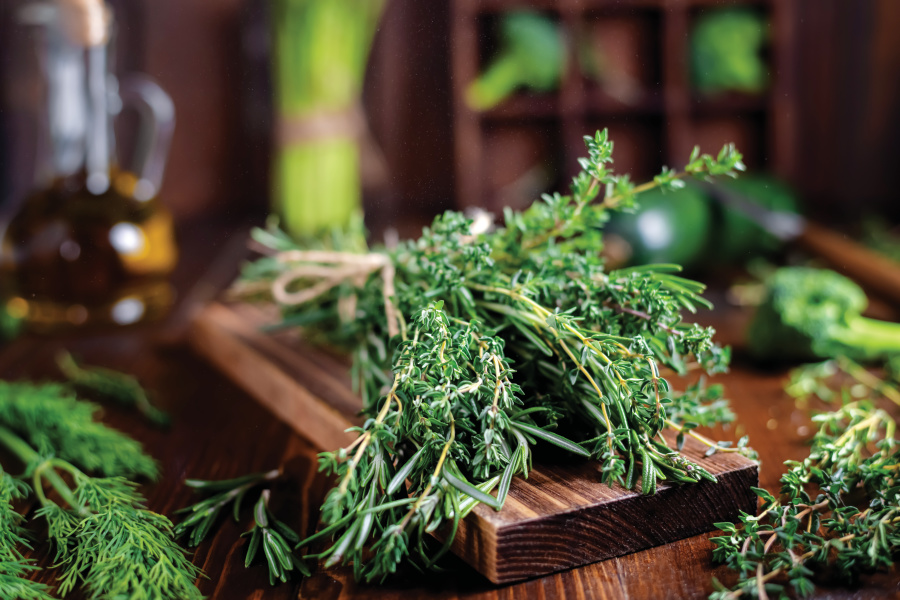
The holiday season is a wonderful time for family, food and, in Florida, gardening. The fall garden in Florida is bountiful, plus you can spice up your holiday cooking with fresh winter herbs from the garden. Perennial herbs like rosemary, sage and thyme bring loads of flavor to the holiday table. Annual herbs like cilantro and parsley are versatile and grow best during the cooler months. Here are a few growing tips for your winter herbs.
Sage
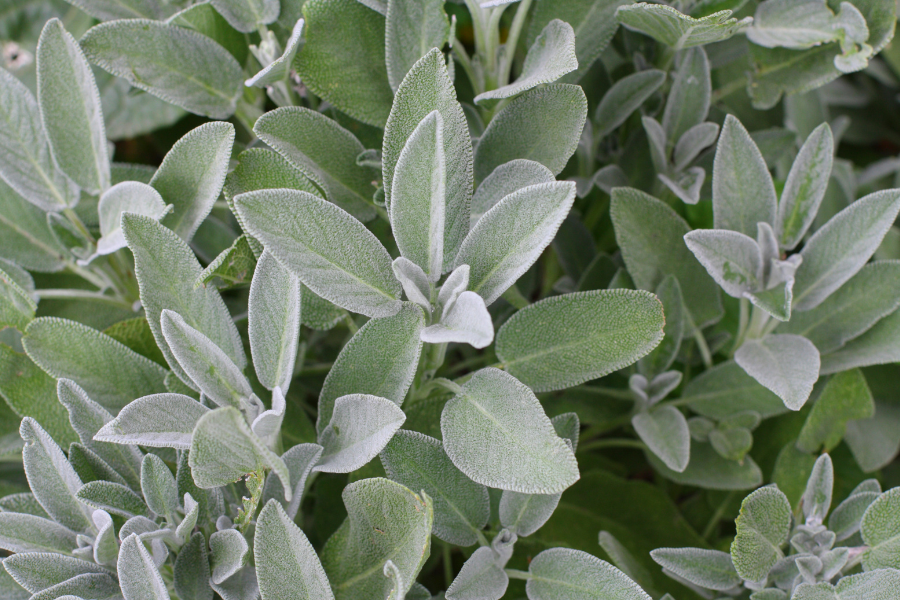
Sage is one of the classic herbs chefs and home cooks alike use when seasoning their turkey or other poultry. It can be purchased in its dry form, but it is easy to grow. The quickest way to start sage is to buy transplants at your local garden center; however, you can start sage from seeds or cuttings anytime from fall through spring. Be sure to choose a spot with plenty of sunlight, and don’t forget to provide water as the plant needs it. As your sage grows, it will mature into a perennial plant with silvery foliage that reaches 12 to 18 inches tall.
Rosemary
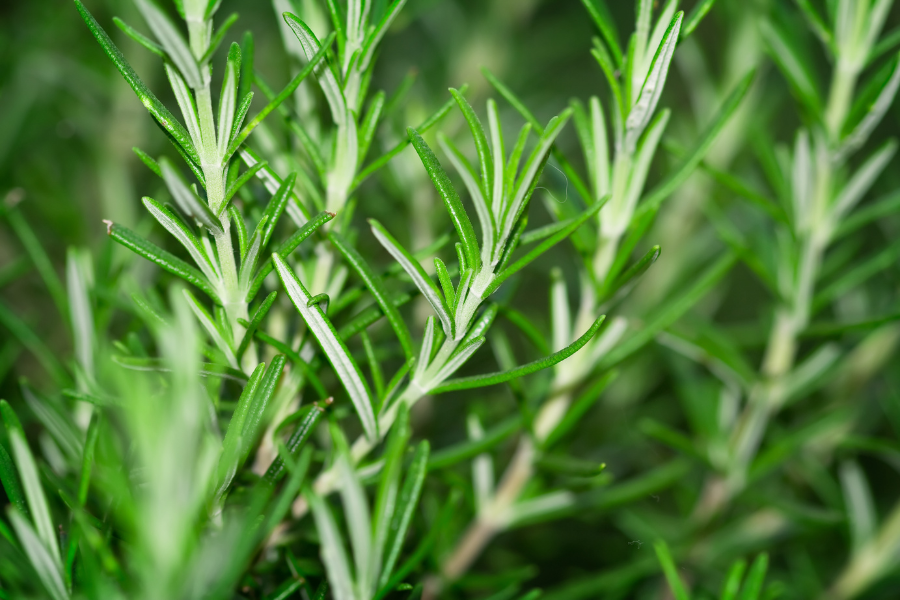
Rosemary (Rosmarinus officinalis) is an aromatic, evergreen herb that’s wonderful for cooking and easy to grow. When crushed, the narrow, needle-like leaves emit a sharp, somewhat pine-like aroma. You can use them fresh in meals or dry them for later use. Rosemary is also an attractive, drought-tolerant plant that works well in containers and landscape beds. It typically grows as a woody perennial or small shrub and can reach up to 6 feet tall and 4 to 5 feet wide. This Florida-friendly plant will thrive year-round, although it may need to be protected from freezes in colder areas of the state. During the holidays, you might see it shaped into a mini Christmas tree and sold at your local garden center.
See more: Wonderful Winter Veggie Recipes
Thyme
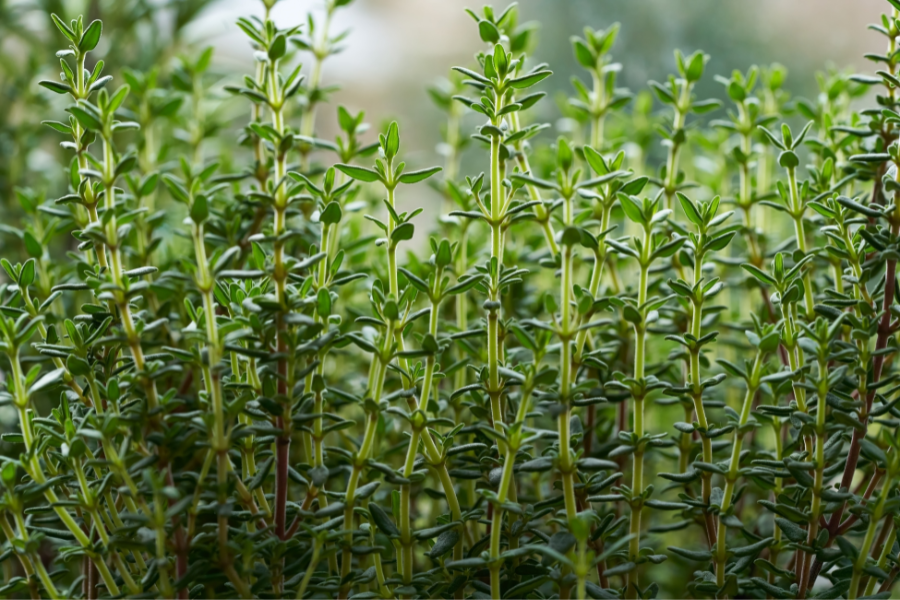
Native to the Mediterranean, thyme is a small, perennial shrub with tiny gray-green leaves. Like most herbs, thyme does best in full sun and tolerates drought well. It can be planted by seed in either late fall or early spring. Make sure to plant in well-draining soil. It is spreading and low growing, so it will only get to about 8 inches tall in the landscape and does well in a hanging basket. Thyme retains its flavor in drying better than many other herbs. To use, remove the top one-third portion of the plant when in full bloom and spread on newspaper in a well-ventilated room to dry. Then, strip the leaves and flowering tops from the stem and store in tightly closed containers.
Parsley

Parsley (Petroselinum crispum) is a versatile herb that comes in both curly- and flat-leaf forms. Here in Florida, the time to plant parsley is in late fall or early winter. You can purchase transplants or start your own plants from seed. The seeds are slow to germinate, so soak them in water overnight before planting and be patient. Being a cool-season plant, parsley may start to fade when hot weather arrives. There are three common varieties of parsley: flat-leaf, curly-leaf and parsley root. Flat-leaf parsley, also known as Italian parsley, is said to have the strongest flavor. Curly-leaf parsley has very finely divided decorative leaves that make an attractive garnish for your holiday platters. Root parsley, or Hamburg, has white roots that look like young parsnips and are used similarly in cooking.
And here’s a fun fact you may not know about parsley: It’s a host plant for caterpillars of the black swallowtail butterfly. So even if you don’t cook with it, the caterpillars will appreciate your parsley plant.
See more: Four Festive Holiday Make-Ahead Breakfast Recipes
Cilantro

This isn’t usually considered a holiday flavor, but the best time to grow this versatile herb is during cooler months. Cilantro (Coriandrum sativum) is a bright green annual plant with many culinary applications. This flat, feathery-leafed herb is often used in Latin American and Southeast Asian cooking. It can add a fresh flavor to many dishes, including salsa. Cilantro’s flavor is similar to parsley, though it’s a bit more pungent. You can start cilantro from seed or purchase transplants. This herb will do best in an area with full sun to part shade and rich, well-drained soil.
Cilantro is the same herb as coriander. When the leaves of the plant are used as a seasoning, it is known as cilantro. When the seeds are used, it is called coriander. For those who think cilantro tastes soapy, know that you share a similar gene cluster with 4 to 14% of the globe’s population.
Growing winter herbs for the holidays ensures you get the freshest flavors to your table. Growing your own also means having a convenient, cost-effective ingredient that will delight your guests and maybe even start new family traditions.
For more information on growing winter herbs, contact your local county Extension office, and for tips on cooking with fresh herbs, visit the University of Florida’s Institute of Food and Agricultural Sciences’ fact sheet at edis.ifas.ufl.edu/publication/fy1209.
About the Author: Wendy Wilber is the statewide Master Gardener Volunteer Program coordinator and an environmental horticulture agent for UF/IFAS Extension.
See more: Edible Flowers Create Mealtime Moments








